Wheel Fastener Indicators... Are they safe?
Edmonton City Police on the scene of a set of dual wheels that came off of a commercial vehicle and impacted a different vehicle travelling the opposite direction.
When you look at commercial vehicles on our roadways, you’ll see that many of them are equipped with some sort of Wheel Fastener Indicator device. There’s a lot of competition in the market of devices advertised at either keeping wheel fasteners secure or alerting drivers of their movement. There’s an inherent problem with these products though: complacency!
It’s in our opinion that Alberta has a wheels off incident almost every single day. The reason this hasn’t garnered major media attention is that we live in a very low density area. Instead of killing and injuring fellow motorists most of our incidents involve inconvenienced farmers who are required to repair their fences. That’s not to say that the potential for these incidents is not catastrophic! Time and time again we have seen the results of what can happen when a commercial vehicle loses a wheel and tire.
So, what can we do about it? The best answer is to implement an effective Safety and Maintenance Program that is designed to ensure that wheels, rims, and tires are regularly and effectively inspected. That means that both during a Pre Trip Inspection /Post Trip Inspection and all regularly scheduled maintenance inspections these components are closely looked at. That requires the driver/inspector to perform both a visual and physical inspection of the wheel fasteners every single time. When we have these devices installed on the wheels they provide a false sense of security and some actively restrict an effective visual inspection.
First, let’s look at the arrow devices that are intended to alert a driver when a wheel nut is starting to rotate loose. The concept is fairly straight forward. The device is affixed to the wheel nut. If it starts to move, the direction of the arrow will rotate and it’s an easy way to visually see the movement in the wheel fastener. However, wheels don’t just come off because wheel nuts back themselves off. More frequently we find situations where a wheel fastener is installed incorrectly. If the wheel nut is installed to ensure that it’s “at least” to the torque by counting the ugga-dugga’s instead of hand torquing with a calibrated torque wrench the stud can be stretched. In those cases the wheel nut can be seized onto the stud and will not rotate, however other signs of the wheel being loose can be identified. In the below video you will see that the washer is able to be spun by hand even while the wheel nut is not moving.
So, what’s the hazard here? Well, if you have the arrow type indicators… they simply would not have alerted the driver of this issue. The arrows would all be pointing the right way… until the fastener fails and they are ejected onto the highway along with the wheel. Unfortunately drivers tend to believe that these devices will alert them of all wheel issues and don’t take the time to conduct a proper visual and physical inspection of the wheels components. We’ve seen all too many drivers believe their wheels are safe because the arrows are all pointing the right way.
What about the other devices which connect two wheel fasteners together and are advertised to prevent lug nuts from becoming loose in the first place? Well, unfortunately the same problem as above is present. These devices not only do not alert of other mechanical issues the wheel may be suffering and provide that false sense of security they also block a visual inspection! The more of the real estate they cover of the wheel the less chances drivers have to spot a sign that something is wrong. In this video, you’ll see the same problem. The wheel nuts are not moving and are seized in place, however the washer is able to be spun. Pay close attention to the space around each wheel fastener. The shiny spots around the fasteners is commonly referred to as ghosting. Shiny spots are created as the wheel fastener components move independently of one another. When you cover the wheels with a plastic device, you’ve now made inspecting them way more difficult
Do we recommend these devices? In most cases, absolutely not. Drivers should be looking at and putting their hands on every single wheel fastener every single inspection. The company scheduled maintenance program needs to ensure that wheel fasteners are appropriately inspected at reasonable intervals. Yes, that means adjusting the program for your operation. A carrier with lots of nice smooth highway kilometres is going to need inspecting less frequently than someone operating on lease roads. Take a look at how frequently you’re finding issues and adjust your schedule as necessary. If you’re doing an annual inspection and you find a loose wheel fastener 50% of the time… then you’re going to want to look at them more frequently.
So what’s the catch? We said above that we do not recommend these devices in “most cases”. When should they be used? While it’s best to have hands on wheel fasteners as frequently as possible… we know that not everyone is going to do it. These devices are “at least something” for when the most a driver is going to do is a 30 second walk around of the vehicle. That’s not an effective inspection. It doesn’t meet the minimum requirements under legislation for an inspection… but if that’s all the driver is going to do, you may as well have something neon and pointy trying to scream for attention than nothing at all.



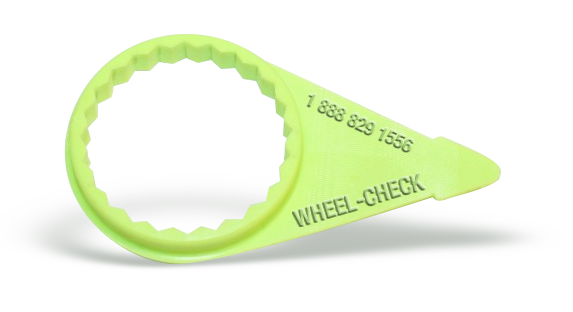
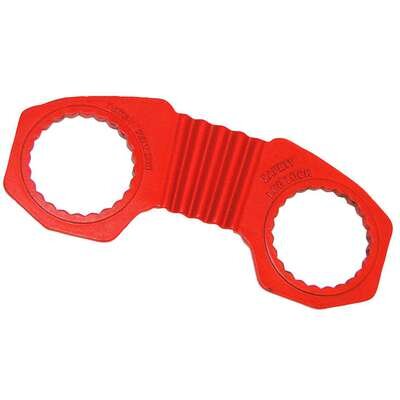
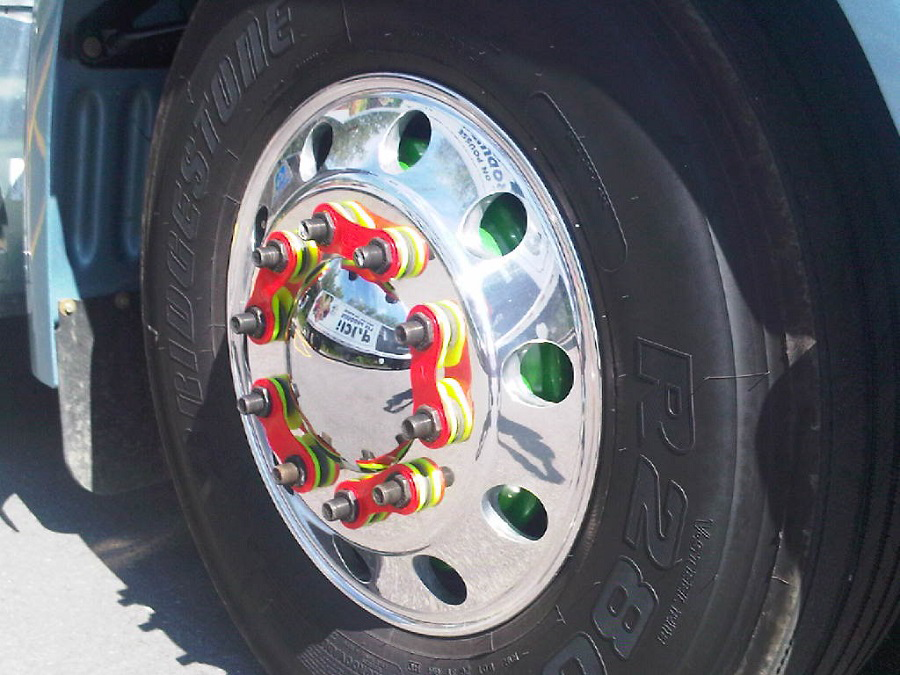
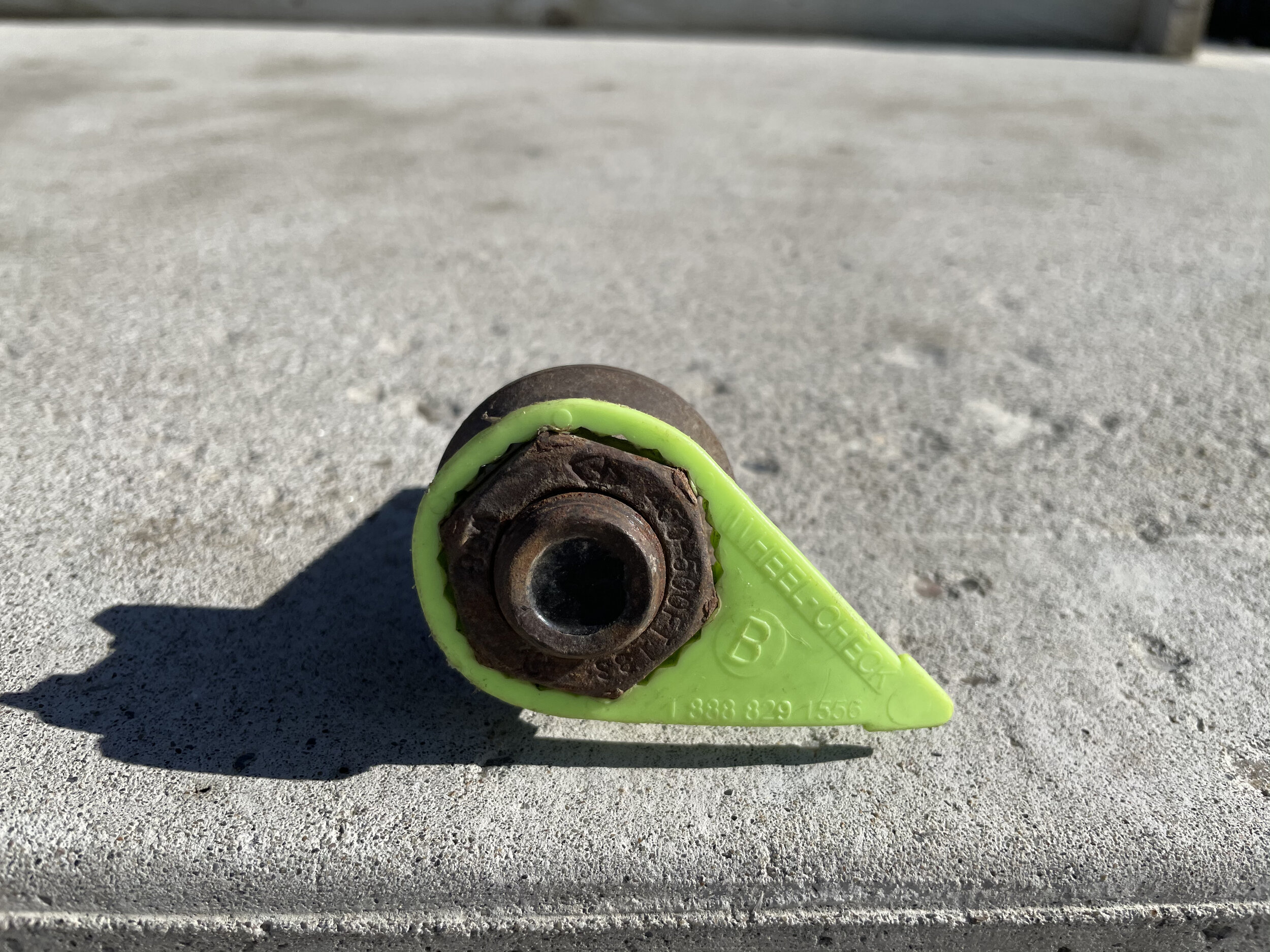
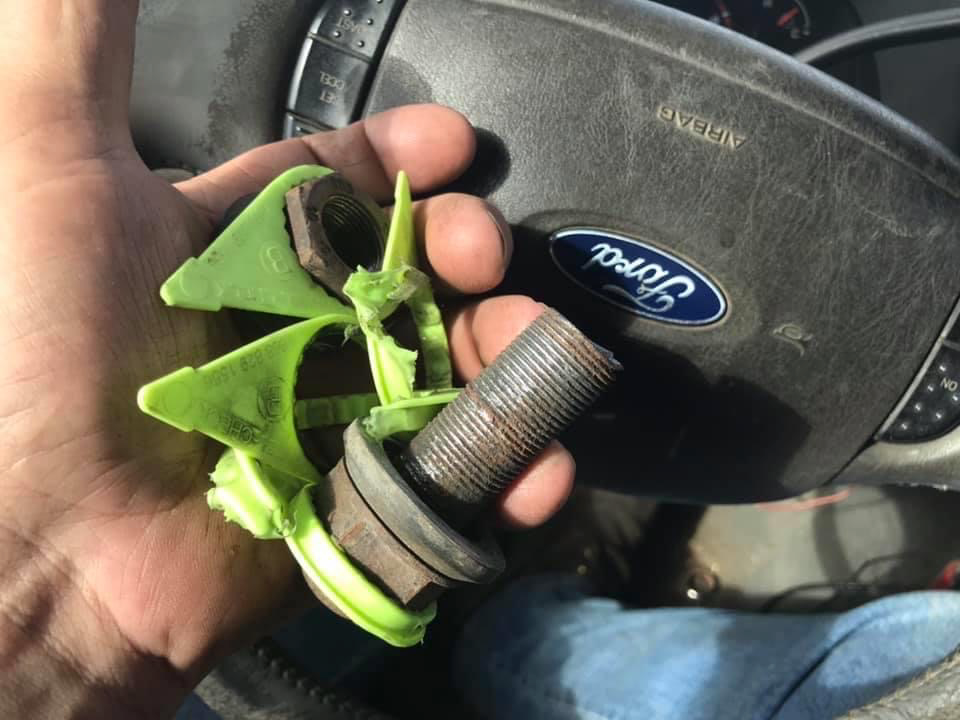
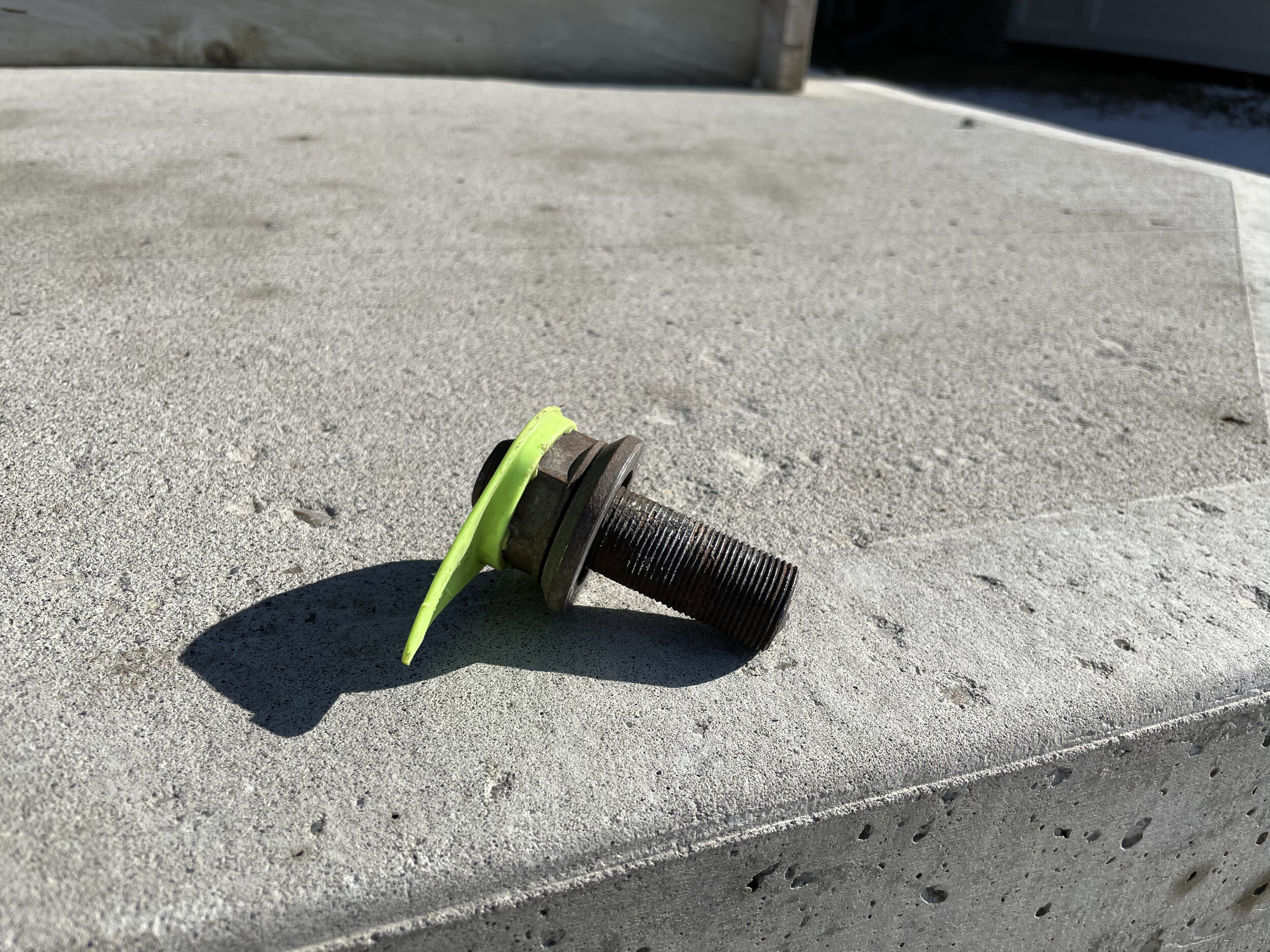
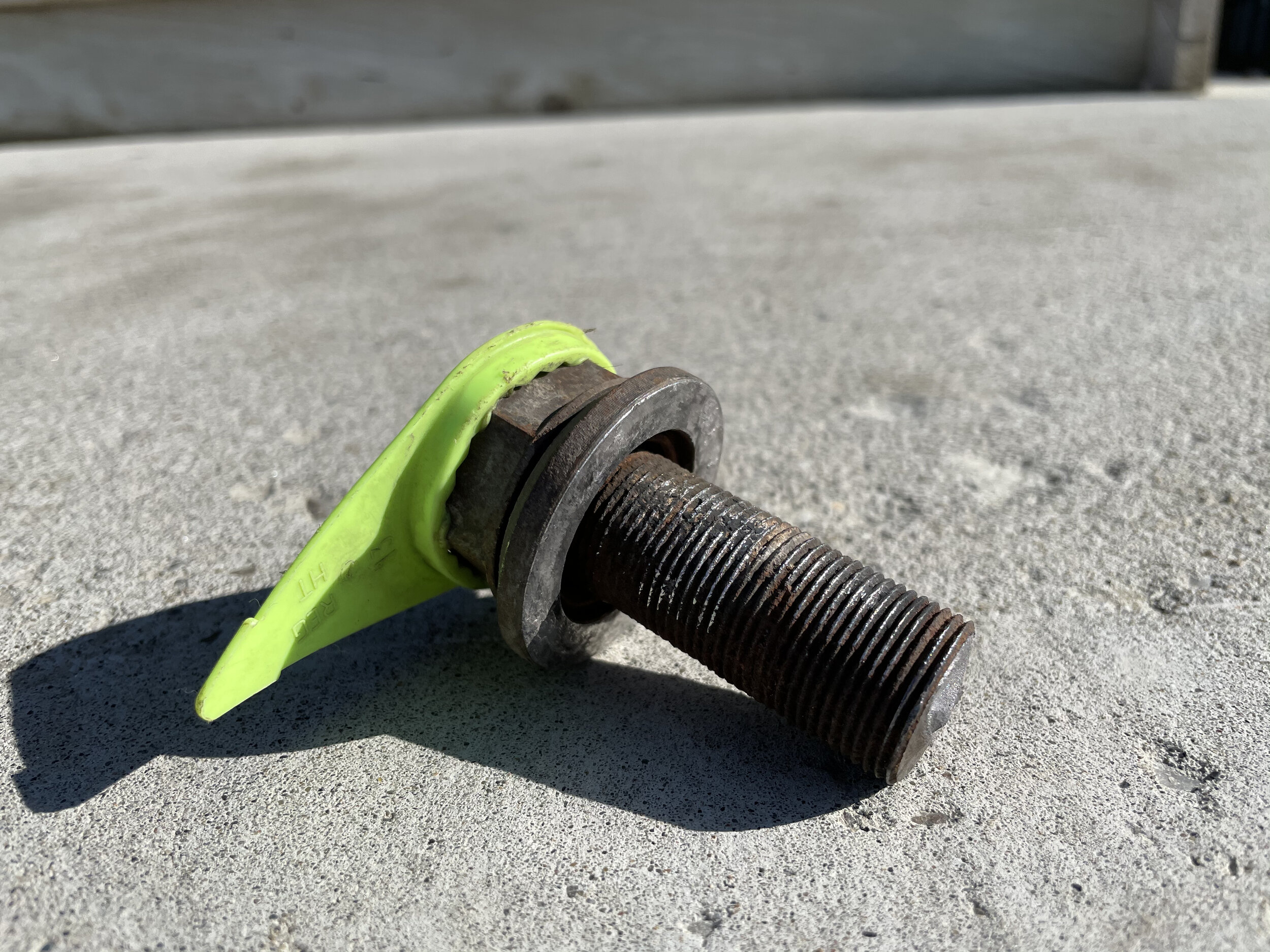


Starting July 1, 2025, Manitoba is introducing new marking requirements for regulated vehicles that require a safety fitness certificate to legally operate within the province. This change mandates that these vehicles must display the National Safety Code (NSC) number of the registered owner prominently. This requirement is in addition to the existing mandate for regulated vehicles to be marked with the company logo and/or name….